Jerusalem conflict: A timeline
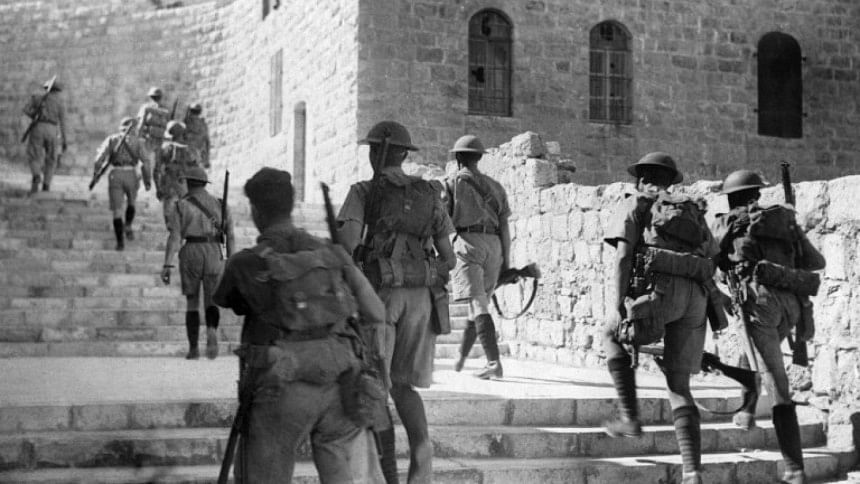
Conflicts over Jerusalem go back thousands of years — including biblical times, the Roman Empire and the Crusades — but the current one is a distinctly 20th-century story, with roots in colonialism, nationalism and anti-Semitism.
1917, The British Mandate
December 1917 — 100 years ago this month — the British general Edmund Allenby seized control of Jerusalem from its Ottoman Turkish defenders setting off the British mandate. .
The three decades of British rule that followed Allenby’s march on Jerusalem saw an influx of Jewish settlers drawn by the Zionist vision of a Jewish homeland, while the local Arab population adjusted to the reality of the collapse of the Ottoman Empire, which had ruled the city since 1517.
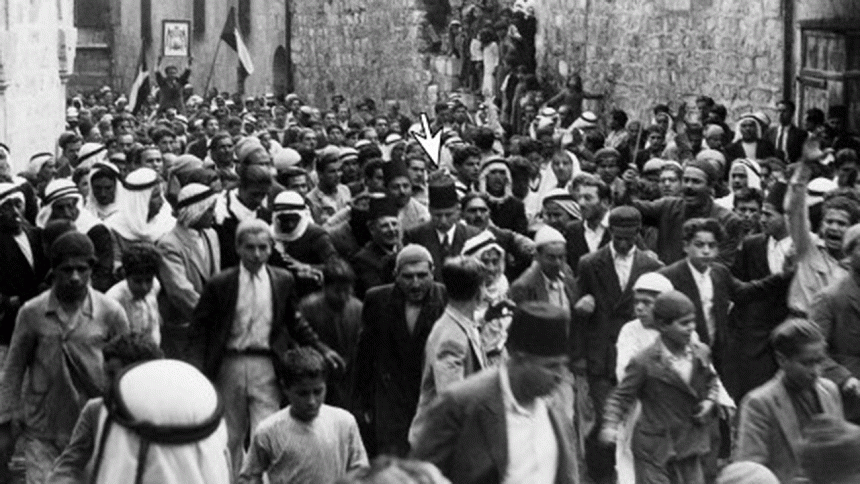
Opposition to that migration fueled several deadly riots by Palestinians, while Jews chafed at British rule and at immigration restrictions imposed in 1939 — restrictions that blocked many Jews fleeing the Holocaust from entering.
1947, UN Partition Plan
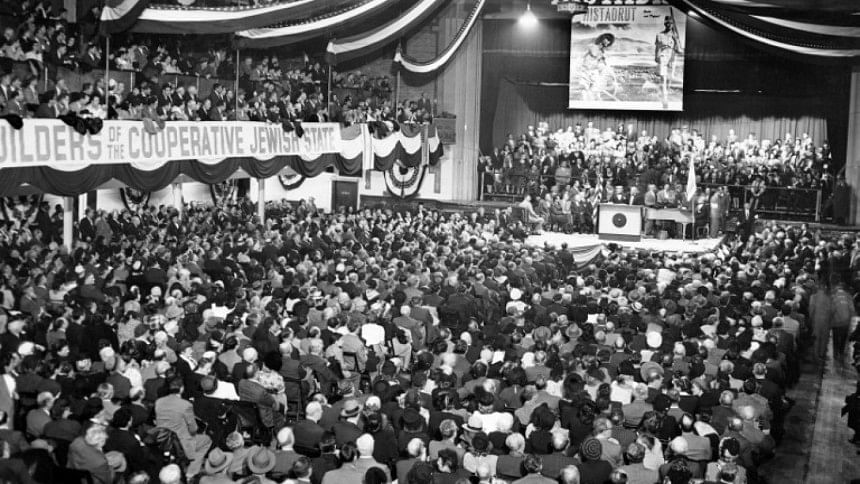
After the war, in 1947, the United Nations approved a partition plan that provided for two states — one Jewish, one Arab — with Jerusalem governed by a “special international regime” owing to its unique status.
1948, Israel’s Declaration of Independence
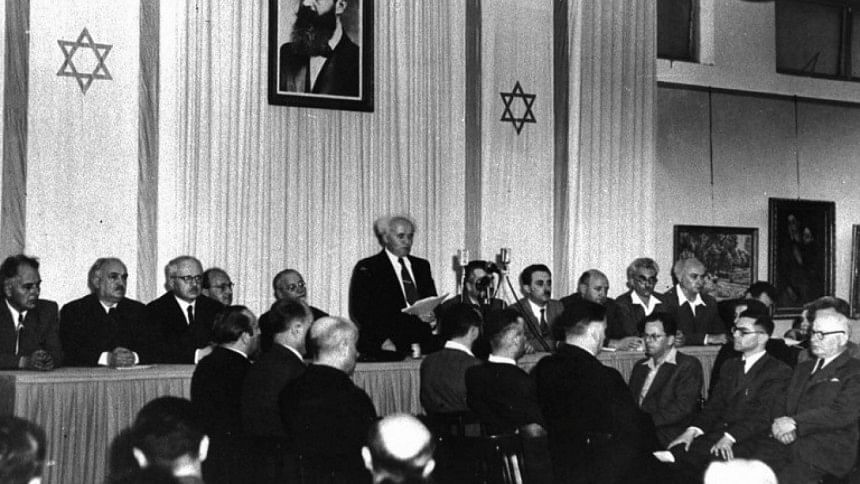
On May 14, 1948, David Ben-Gurion read Israel’s Declaration of Independence, in Tel Aviv after the end of the British mandate.
Arabs Attack the New State
The Arabs rejected the partition plan, and a day after Israel proclaimed its independence in 1948, the Arab countries attacked the new state. They were defeated. Amid violence by militias and mobs on both sides, huge numbers of Jews and Arabs were displaced.
A Divided Jerusalem
Jerusalem was divided: The western half became part of the new state of Israel (and its capital, under an Israeli law passed in 1950), while the eastern half, including the Old City, was occupied by Jordan.
While Israel moved many government functions to Jerusalem during the country’s first two decades, foreign governments largely avoided Jerusalem and opened embassies in Tel Aviv, in recognition of the United Nations resolution.
Arab-Israeli War of 1967
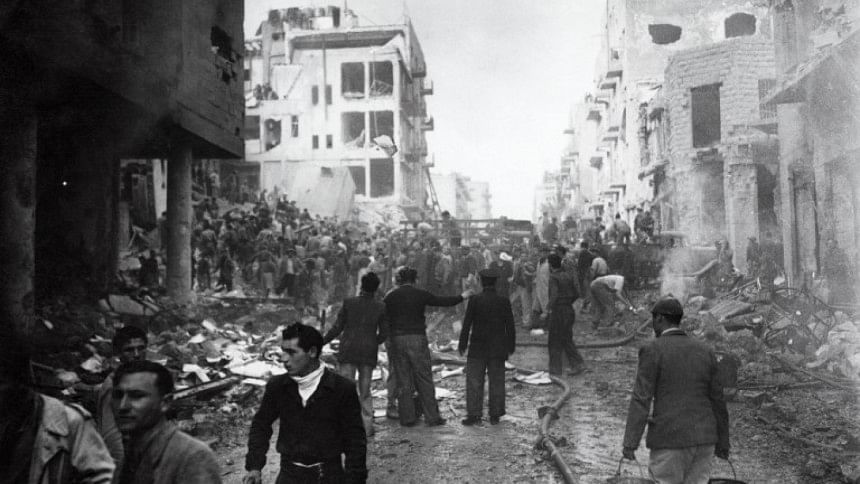
No event has shaped the modern contest over Jerusalem as much as the Arab-Israeli War of 1967, in which Israel not only defeated invading Arab armies but also seized control of the Gaza Strip and the Sinai Peninsula from Egypt; the West Bank and East Jerusalem from Jordan; and the Golan Heights from Syria.
After the victory Jerusalem became the center of a cult like devotion that had not really existed previously
The victory of the right-leaning party Likud in 1977, under the leadership of Menachem Begin, helped solidify this new emphasis on Jerusalem as integral to Israel’s identity.
1980, Bill Declaring Jerusalem the Capital of Israel
This process culminated in 1980, when lawmakers passed a bill declaring that “Jerusalem, complete and united, is the capital of Israel” — although Israel stopped short of annexing East Jerusalem, a move that would most likely have drawn international outrage.
The 1993 Oslo accords
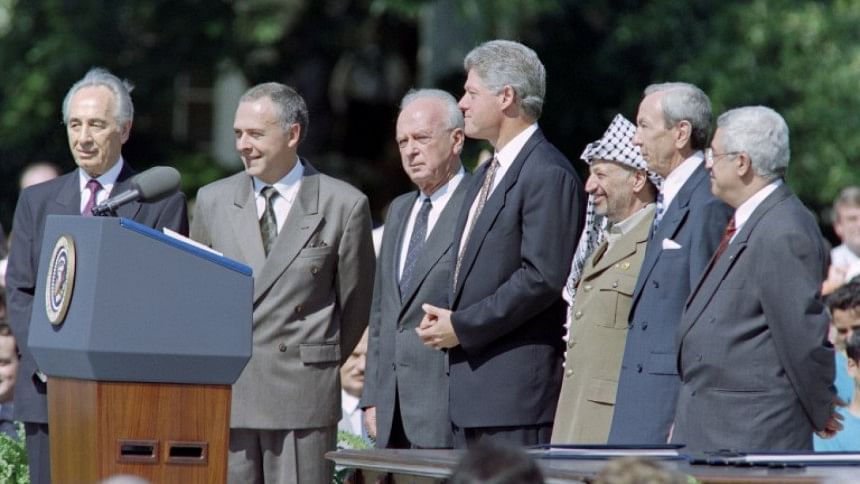
The 1993 Oslo accords provided for the creation of a Palestinian Authority to govern the West Bank and the Gaza Strip, while deferring a resolution on core issues: borders, refugees and Jerusalem’s status.
2000, Ariel Sharon’s Visit
A visit by the right-wing politician Ariel Sharon in 2000 to the sacred complex known to Jews as the Temple Mount and to Muslims as the Noble Sanctuary — which contains Al Aqsa Mosque and the Dome of the Rock — set off violent clashes and led to a second Palestinian uprising that claimed the lives of about 3,000 Palestinians and 1,000 Israelis over five years.
The Fight Continues
Palestinians say that Jewish settlers have encroached on East Jerusalem, and that Israel has compounded the problem by revoking residency permits.
The entire international community has been in accord that Israeli annexation and settlement of East Jerusalem since 1967 is illegal, and refuses to recognize Jerusalem as Israel’s capital.
Thus, Jerusalem has been fought over in varying ways, not only by Jews, Christians and Muslims but also by external powers and, of course, modern-day Israelis and Palestinians.
The fight continues.





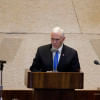

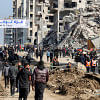
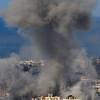

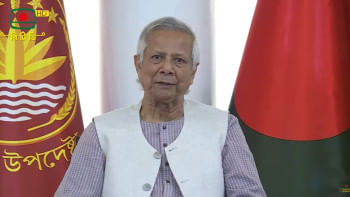
Comments